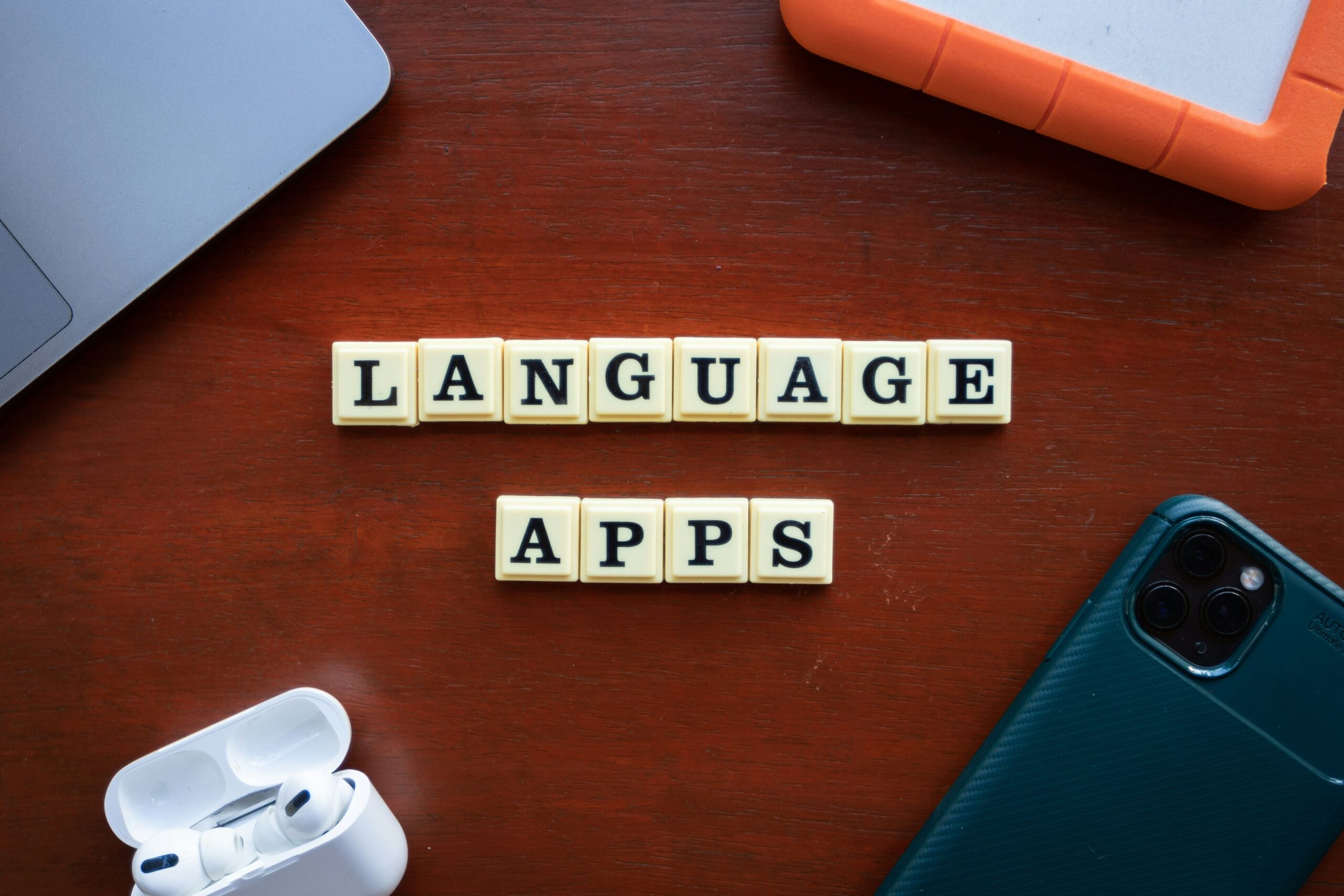Ever spent hours helping your child read, only to feel like you’re both stuck on a treadmill going nowhere? Yeah, we’ve been there too. The frustration of seeing someone you love struggle with dyslexia can be overwhelming. But here’s the good news: technology is catching up in ways that genuinely matter.
In this post, we’re diving into Learning Lift Monitoring Tools, an innovative solution designed to transform how people with dyslexia learn and grow. You’ll discover what these tools are, why they matter, and how apps leveraging them can make life easier for students (and parents!). Ready? Let’s lift those learning barriers together.
Table of Contents
- Why Dyslexia Support Needs Innovation
- Step-by-Step Guide to Using Learning Lift Monitoring Tools
- 5 Tips for Choosing the Right Dyslexia Apps
- Real-Life Success Stories with Learning Lift Monitoring Tools
- Frequently Asked Questions About Dyslexia Support & Monitoring Tools
Key Takeaways
- Learning Lift Monitoring Tools help track progress in real-time, making support more personalized.
- Dyslexia apps powered by these tools provide engaging, tailored activities to boost literacy skills.
- Choosing the right app involves considering features, ease of use, and user reviews.
- Success stories show measurable improvements in reading confidence and fluency.
- Not all tips work universally—some tools may not suit every learner’s unique needs.
Why Dyslexia Support Needs Innovation
Dyslexia affects 1 in 10 individuals worldwide. That means millions of children—and adults—are grappling with challenges tied to reading, writing, and comprehension. Traditional methods often fall short because they don’t adapt quickly enough to individual learners’ paces or preferences.

Enter Learning Lift Monitoring Tools—a game-changer in the realm of assistive tech. These tools monitor progress across multiple metrics, such as word recognition speed, phonemic awareness, and even emotional engagement during lessons. They offer insights that human educators might miss, allowing for highly customized interventions.
Rant Alert: “Can we please stop pretending generic worksheets will fix things? It’s like giving someone drowning a paper boat instead of a life jacket.”
Step-by-Step Guide to Using Learning Lift Monitoring Tools
“Optimist You:” “Just follow these steps, and you’ll see results!”
“Grumpy You:” “Ugh, fine—but only if coffee’s involved.”
Step 1: Assess Current Needs
Before jumping into any tool, identify specific areas where support is needed. Does your child struggle with decoding words? Or do they need help staying motivated?
Step 2: Explore Available Apps
There are numerous dyslexia apps out there, but not all integrate Learning Lift Monitoring Tools effectively. Look for apps like [App Name] which uses AI-powered analytics to adapt content based on performance trends.

Step 3: Set Clear Goals
Define what success looks like—for example, improving fluency by 20% over six months. Most monitoring tools allow you to set benchmarks within the platform itself.
Step 4: Monitor Progress Regularly
Consistent check-ins are crucial. Use the built-in reporting features to review weekly updates. This ensures quick adjustments when necessary.
Step 5: Celebrate Milestones
Positive reinforcement goes a long way. Reward achievements, no matter how small—it builds confidence and keeps motivation high.
5 Tips for Choosing the Right Dyslexia Apps
- Prioritize Personalization: Ensure the app adapts tasks based on the user’s strengths and weaknesses.
- Focus on Engagement: Gamified elements like badges and rewards keep learners hooked.
- Check Compatibility: Make sure it works seamlessly on devices you already own.
- Research Reviews: Real users often reveal hidden pros and cons.
- Avoid Overloading Features: Too many bells and whistles can overwhelm rather than help.
Real-Life Success Stories with Learning Lift Monitoring Tools
Jake, a 9-year-old struggling with dyslexia, started using an app equipped with Learning Lift Monitoring Tools last year. Within three months, his reading accuracy improved by 35%, thanks to targeted exercises generated from his usage data.

Tina, a teacher who integrates these tools into her classroom, reports increased participation among dyslexic students. “The monitoring tools let me see exactly where each student shines—or stumbles,” she says.
Frequently Asked Questions About Dyslexia Support & Monitoring Tools
Q: How much do apps with Learning Lift Monitoring Tools cost?
A: Prices vary widely, ranging from free versions with limited functionality to premium subscriptions costing up to $50/month. Always look for trials before committing!
Q: Can older learners benefit from these tools?
A: Absolutely. Many apps cater to teens and adults, offering age-appropriate content while still focusing on foundational skills.
Q: Do I need technical expertise to use these apps?
A: Nope! Most are designed for non-techy folks. If something feels too complicated, ditch it—it’s not worth the headache.
Conclusion
Learning Lift Monitoring Tools represent a major leap forward in dyslexia support. By tracking progress dynamically and personalizing learning experiences, these tools empower individuals to overcome obstacles at their own pace. Whether you’re a parent seeking solutions or an educator looking to innovate, investing time in exploring dyslexia apps could be transformative.
Like a Tamagotchi, your SEO strategy thrives on daily care—so nurture it wisely.


